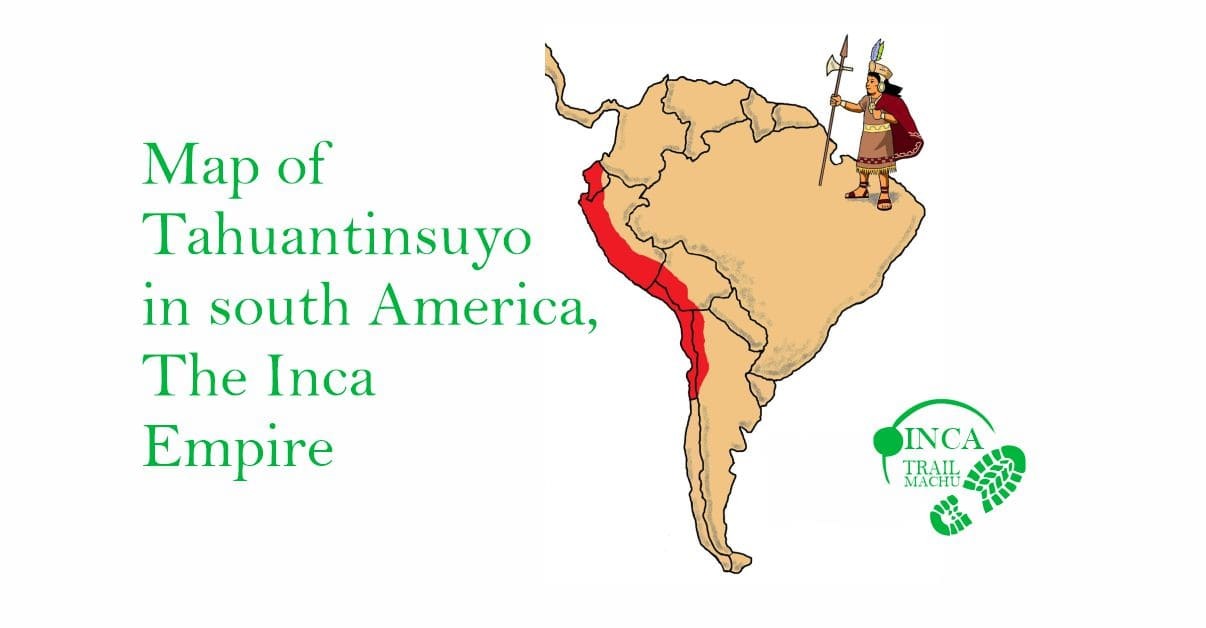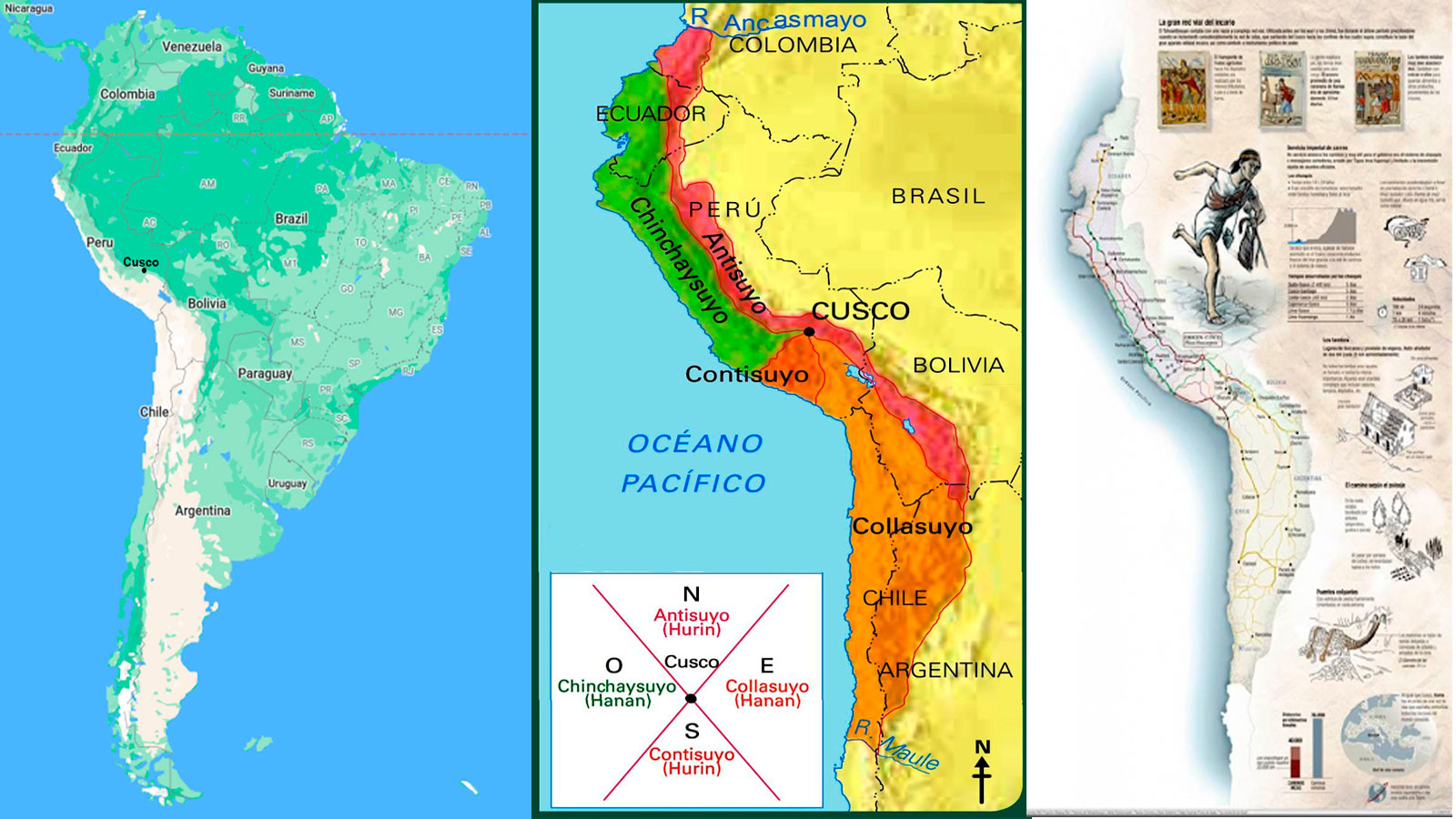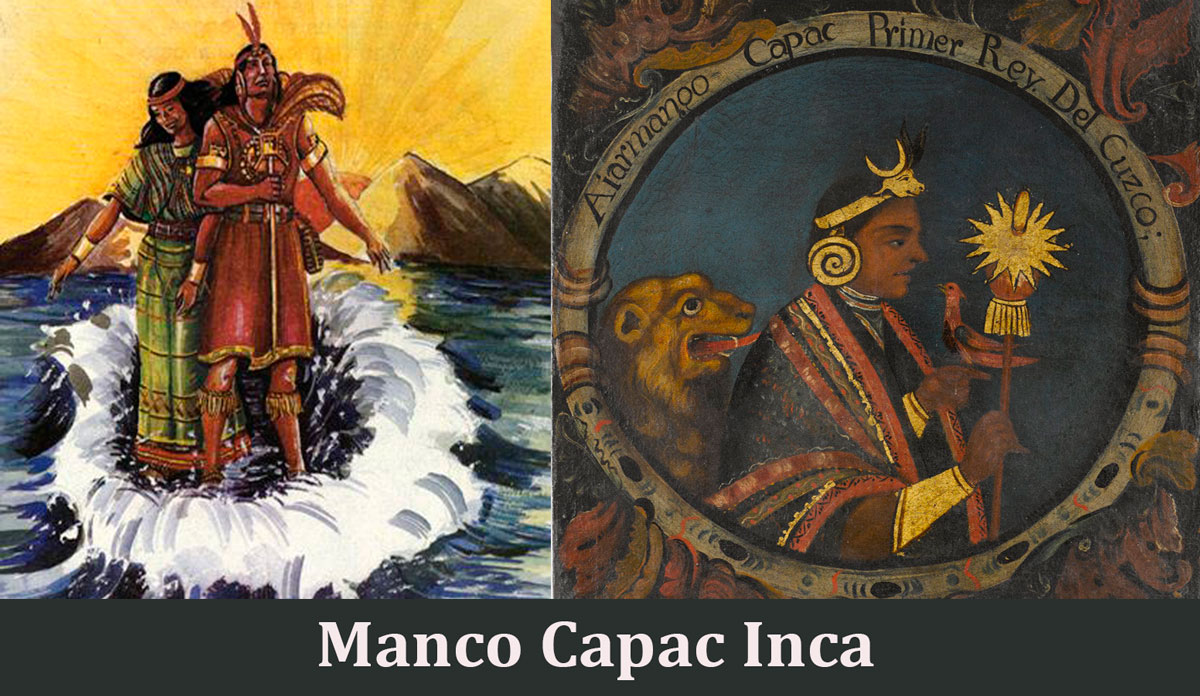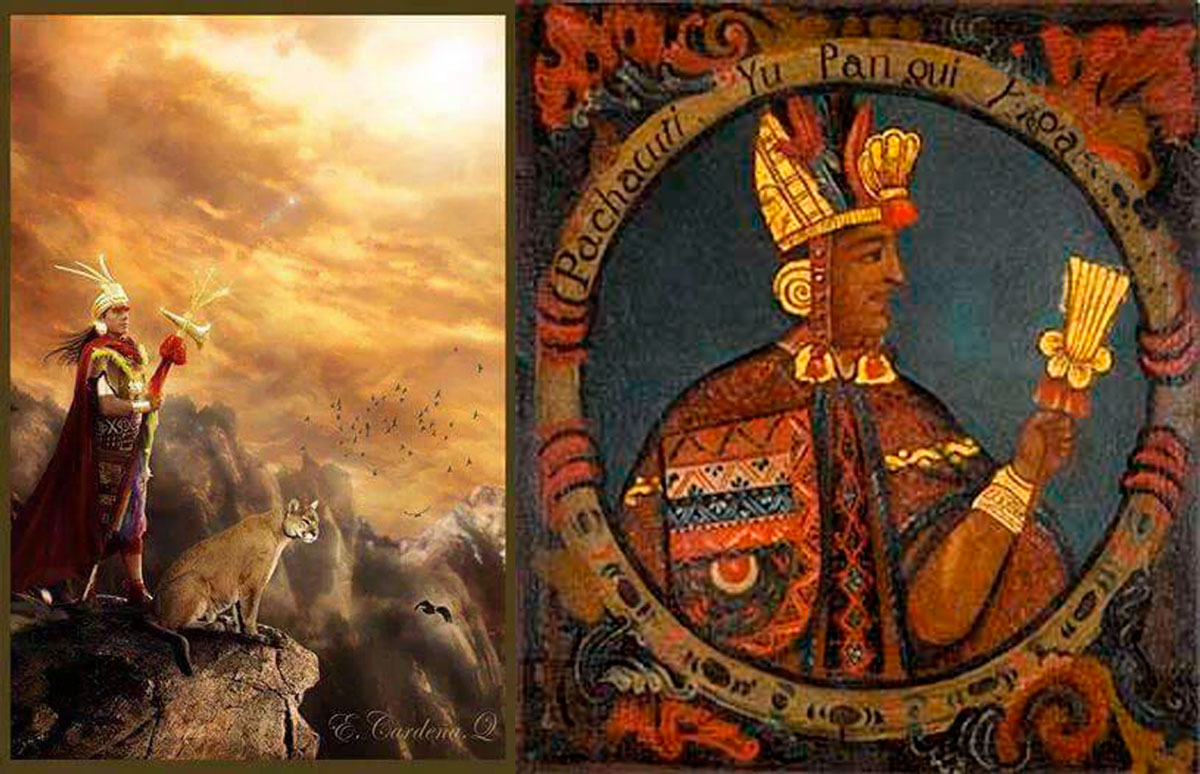
Have you ever wondered what Tahuantinsuyo means? The Inca Empire was the most important in the American territory due to its extension and its cultural wealth that, to this day, can be seen in the territories that made up part of the empire. An example of this is the majestic Inca Citadel in Peru: Machu Picchu.
Around 500 years ago, one of the greatest Indian advanced civilizations in America experienced its heyday in the Inca Empire. The heartland of the Inca Empire, which stretched over 4000 km along the South American west coast from the area of today's Ecuador in the north to far south in the Andean region of Chile, was today's Peru. Impressive monuments in the Peruvian Andes still bear witness to the high cultural level of the Incas.
The capital of the Tahuantisuyo was Cusco, was also in the Peruvian Andes highlands. This name means "navel" in an Inca language. This underlines the outstanding importance of this, at the beginning of the 16th century, the largest Indian city in South America. The Inca Empire was a perfectly organized central state with up to 10 million inhabitants. At its head was an Inca endowed with great power who was considered the son of the sun god. Only the male descendants of a few families that were among the founders of the Inca Empire were allowed to bear the noble title Inca.
RELATED:THE INCA EMPIRE & HISTORY
 Picture: The map of Tahuantinsuyo Empire
Picture: The map of Tahuantinsuyo Empire
Tahuantinsuyo is a word from Quechua (the original language of the Andes) and is born from the fusion of 2 terms: Tahua, which means "Four", and Suyo, which means "Region". The name referred mainly to the four regions in which the empire was divided. To the northwest was the Chinchaysuyo, to the northeast the Antisuyo, to the southwest the Contisuyo and to the southeast the Collasuyo.
Located south-east of Cusco, this Suyo was the largest in Tahuantinsuyo and at the same time the one with the least population. Their territories began in Urcos south of the imperial city and crossed the Titicaca region. In addition, on the coastal side the lands of the Collasuyo ranged from the south of Arequipa to the Maule River on the southern border of the Tahuantinsuyo.
From the South-west of Cusco and up to the Coastal Region, the Contisuyo territories were made up of the lands located between the valleys of the Quilca River and Ica.
The Chinchaysuyo extended through the Northwest of Cusco from Ayacucho and Ica and up to the Ancasmayo River.
The Antisuyo lands began northeast of Cusco and extended to the High Amazon Jungle because the climatic conditions and geographical characteristics did not allow them to continue further on.

In the 13th century the Incas from the Peruvian highlands (who had to mobilize after a confrontation with the Aymara culture) settled in Cusco. Once the sovereignty of the city was assured, they prepared to begin from there the expansion of the Empire that in its heyday managed to extend for 2,500,000 km² through the lands that today belong to Peru, Bolivia, Chile, Ecuador, Argentina and Colombia.
At the top of the Inca social scale was the Inca, Son of Inti, "The Sun God", and who by divine order should rule the Tahuantinsuyo. The only way to become an Inca was by forming part of the blood line of succession, since the position was hereditary.
Under the figure of the Inca was the Ayllu Panaca, a group formed by the direct family of the Inca. Among his members was the Auqui or heir to the Empire, who ruled alongside his father while he was prepared to assume command of the Tahuantinsuyo once the ruling Inca passed away. In this ladder was also the Coya, main wife of the Inca and daughter of the Moon, dedicated to the home of royalty.
All these mentioned profiles were part of royalty, as they shared direct blood ties with the Inca.
Then there is a privileged nobility, made up of the rest of the Inca's non-direct relatives. The Curacas, local nobles and heads of an ayllu, were in charge of organizing tasks at the territorial level as they were councilors, judge, and administrators of the ayllu's assets. The priests were also part of this privileged nobility within this empire.
Lastly, there was the rest of the town. Here we can differentiate three types of people:
The Mitimaes, who were in charge of colonizing new lands and teaching Inca customs.
The Yanaconas or Cobricios, the servants of royalty and who, in general, were prisoners.
In total there were 13 Incas who ruled Tahuantinsuyo, Manco Cápac being the first of them and the last Atahualpa Cápac, after the arrival of the Spanish to the continent.

Tupac Inca Yupanqui "Pachacuted", the ninth Inca, was one of the most important emperors in the history of Tahuantinsuyo due to his work in the expansion of the Inca territory through the conquest of other ethnic groups such as the Ayarmacas, the Chancas and the Suyos. At the same time, other peoples peacefully joined the empire such as the Cotanera, Omasayo, Cotapampa and Aimarae.

RELATED:CONQUEROR OF THE INCAS
Visit Machu Picchu or the Capital of the Incas, you can choose from a variety of tours. These range from full-day excursions to Inca Trail tours to the Sacred Valley trip. Multi-day tours can be combined with climbing Huayna Picchu, walking along the Urubamba River, following the authentic Inca paths, of which the most famous is the 4-day Classic Inca Trail, or visiting other archaeological sites such as Llactapata, Sacsaymarca, Phuyupatamarca and Wiñay Wayna. You can also add a Rainbow Mountain tour into your itinerary since this is an increasingly popular hike leading through Andean villages with living traditions.
If you are looking for a shorter adventure, choose the Short Inca Trail. The best hiking alternatives to the Lost City of the Incas are so-called Alternative Treks to Machu Picchu.